The Importance of Protecting Endangered Species and Their Ecosystems
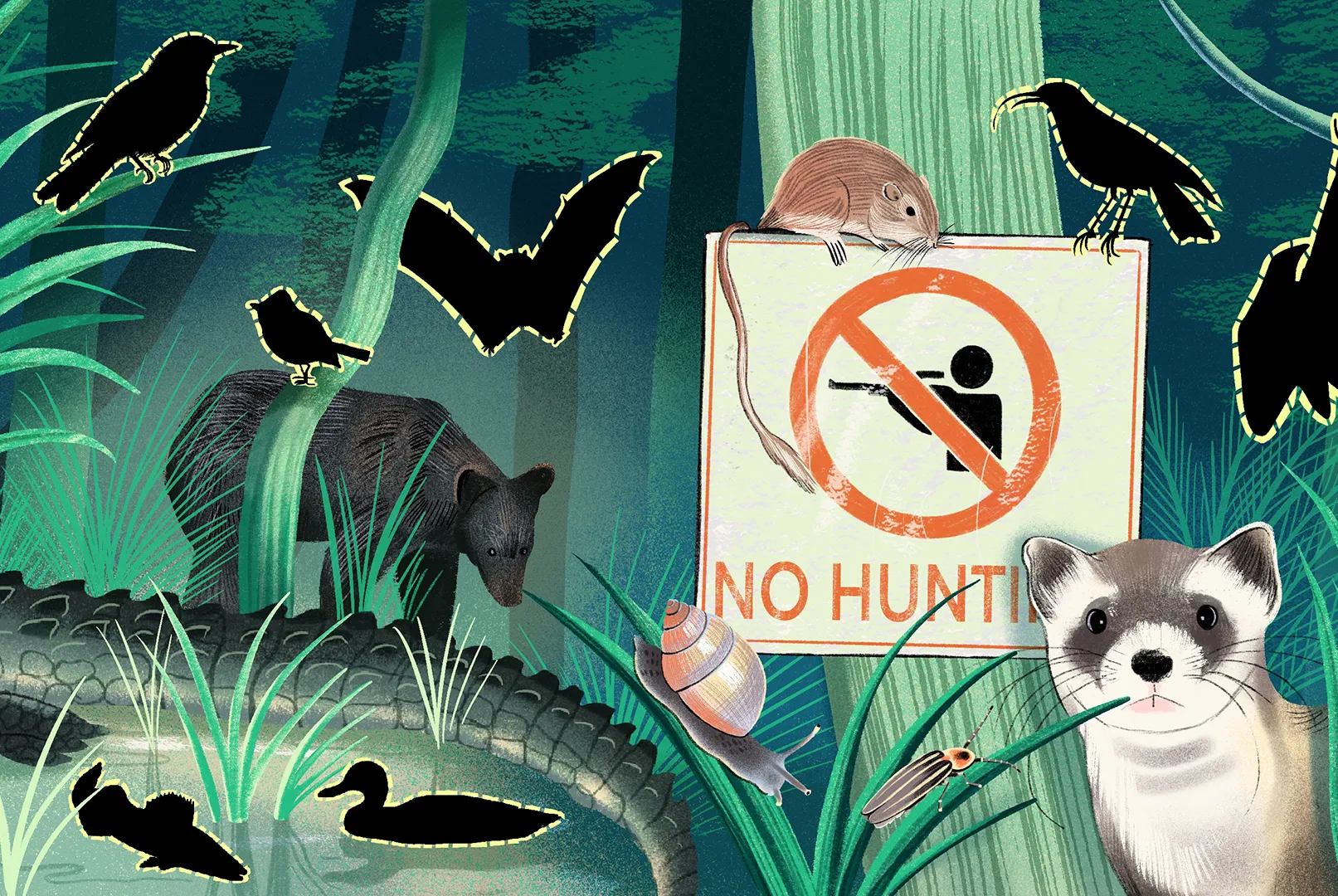
Endangered species are at risk of extinction, and their loss can have a significant impact on biodiversity and the balance of ecosystems. Protecting these species is essential not only for their survival but also for maintaining the health of the planet. In this article, we will explore the importance of safeguarding endangered species and the role they play in the larger ecosystem.
1. The Role of Endangered Species in Ecosystems
Each species plays a unique role in its ecosystem. For example, pollinators like bees and butterflies are crucial for the fertilization of plants, while predators help regulate prey populations. When a species becomes endangered or extinct, it can disrupt the delicate balance of the ecosystem, affecting other species that depend on it. The loss of one species can have a domino effect, leading to changes in food webs, nutrient cycling, and habitat structures.
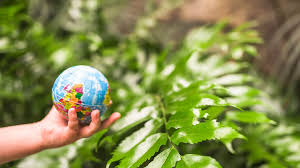
2. Biodiversity and Ecosystem Services
Biodiversity—the variety of life on Earth—provides many ecosystem services that benefit humans, including clean air, water, food, and medicine. Endangered species are an integral part of this biodiversity. For example, certain plants that are at risk of extinction may hold the key to medical breakthroughs or may provide food sources for other animals. By protecting endangered species, we are also preserving the ecosystem services that we rely on.
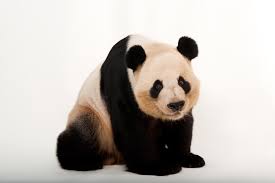
3. The Threats to Endangered Species
Endangered species face numerous threats, including habitat destruction, climate change, poaching, and invasive species. Deforestation, pollution, and urbanization destroy the natural habitats of many species, while climate change alters the conditions necessary for their survival. Efforts to address these threats are essential for ensuring the survival of endangered species and the ecosystems they inhabit.
4. Conservation Efforts and Their Impact
Many organizations and governments around the world are working to protect endangered species through conservation efforts such as habitat restoration, wildlife corridors, and anti-poaching laws. These initiatives have had a positive impact on species like the giant panda, the black rhino, and the American bison. Conservation programs not only help protect individual species but also contribute to the overall health of ecosystems.
5. What You Can Do to Help
As individuals, there are many ways we can contribute to the protection of endangered species. Supporting conservation organizations, reducing our carbon footprint, and advocating for environmental protection policies are all important steps. Additionally, by educating ourselves about endangered species and their ecosystems, we can raise awareness and inspire others to take action.
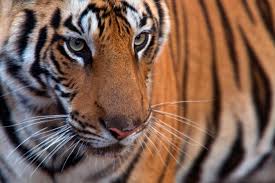
Final Thoughts
Protecting endangered species is not just about saving individual animals—it’s about safeguarding the delicate balance of ecosystems and preserving the planet’s biodiversity. By taking action to protect these species, we help ensure that future generations will inherit a healthy and vibrant Earth.
In conclusion, the protection of endangered species and their ecosystems is a matter of urgent importance, not just for the survival of individual species but for the health and stability of our planet. As we continue to face unprecedented environmental challenges, the preservation of biodiversity is essential to maintaining the delicate balance of ecosystems that provide vital services to all living organisms, including humans. The loss of species is not just an ecological issue; it is a global concern that impacts agriculture, water quality, climate regulation, and more.
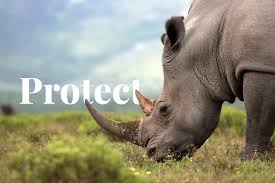
Through concerted conservation efforts, many species that were once on the brink of extinction have been brought back from the edge, proving that change is possible. However, the fight to protect endangered species is far from over. Climate change, habitat destruction, and illegal poaching continue to threaten countless species, and the need for continued action is critical. It is essential that we work together, as individuals and communities, to address the root causes of biodiversity loss and implement sustainable practices that prioritize the protection of wildlife and their habitats.
Our role in protecting endangered species also extends beyond mere conservation efforts. It involves fostering a greater understanding of the interconnectedness of all living beings. Every species, no matter how small, plays an integral role in the functioning of ecosystems. By protecting endangered species, we are safeguarding the future of our planet, ensuring that ecosystems continue to thrive and provide the resources necessary for human survival. It is not just about saving the animals we love, but about protecting the foundation of life itself.
Ultimately, the responsibility to protect endangered species and their ecosystems falls on all of us. By supporting conservation efforts, reducing our environmental impact, and advocating for policies that prioritize biodiversity, we can ensure a more sustainable future for generations to come. The preservation of endangered species is not just an act of charity; it is a vital step in ensuring the health and vitality of our world. As stewards of the Earth, we must continue to champion the cause of wildlife conservation, not just for the benefit of animals, but for the well-being of all life on this planet.
